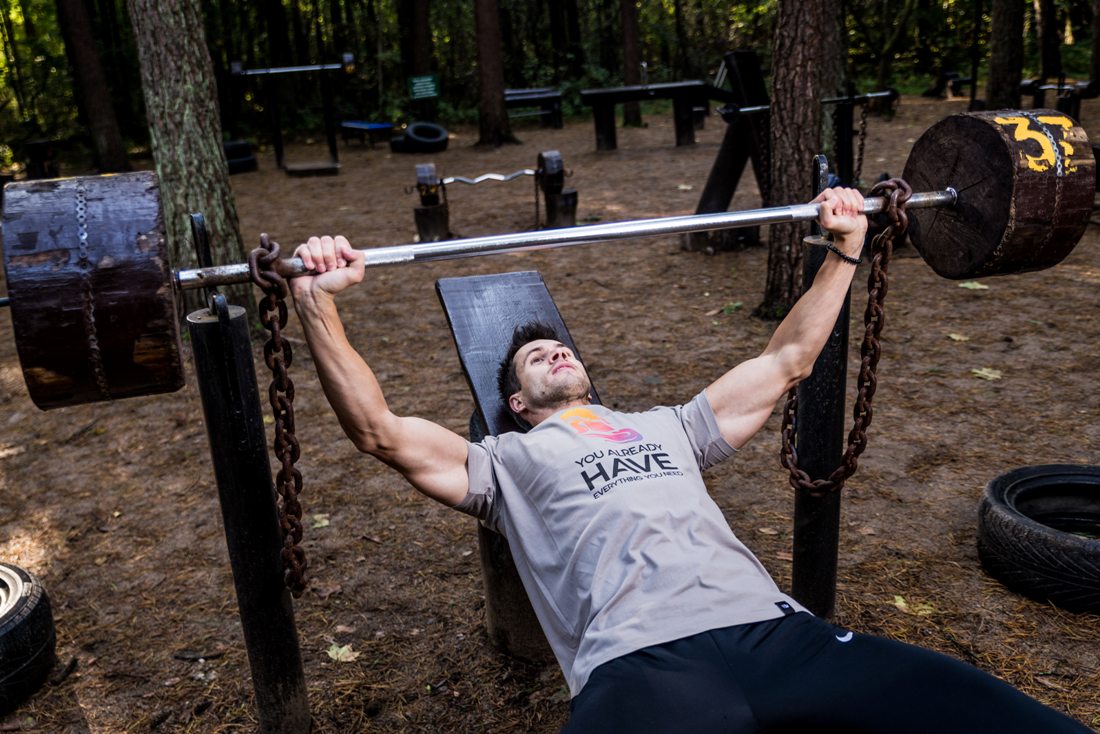What Is Bench Press?
The bench press fabricates the muscles of the chest just as the triceps of the back of the arms and the front deltoid shoulder muscles. You can do this exercise with barbells, dumbbells, or with a Smith machine, which obliges the way of the barbell and makes the exercise somewhat simpler. Amateurs should give lifts without weight a shot at the bar to heat up, figure out the bar, and figure out how to do it with great structure.
Right Form Or Posture
Bench Press in the Power Rack for maximum wellbeing. If you don’t have a Power Rack, ask somebody in the exercise center to spot you when you Bench Press. At that point follow these five basic strides to Bench Press with appropriate structure.
- Setup. Lie on the level bench with your eyes under the bar. Lift your chest and press your shoulder-sharp edges. Feet level on the floor.
- Get the bar. Put your pinky on the ring signs of your bar. Hold the bar in the base of your palm with a full grip and straight wrists.
- Unrack. Take a major breath and unrack the bar by fixing your arms. Move the bar over your shoulders with your elbows bolted.
- Lower the bar. Lower it to your mid-chest while tucking your elbows 75°. Keep your lower arms vertical. Hold your breath at the base.
- Press. Press the bar from your mid-chest to over your shoulders. Keep your butt on the bench. Lock your elbows at the top. Relax.
When you do it with the right structure you can perceive the amount you can bench when contrasted with your last structure. Utilize a Max Bench Calculator to ascertain how much your strength has changed with the right structure.
Normal Mistakes While Benching
Bench pressing can be perilous and there can be numerous missteps that individuals do while benching. Here is a portion of the significant mistakes and you should make certain to maintain a strategic distance from these blunders.
Low Bar
Ensure the way of the bar isn’t low over the mouth and neck district while unracking or racking the bar. That implies you should move the weight “from” and “to” the rack from an arms-broadened position and not low over the neck and face.
Width of Grip
The grip on the bar ought to ordinarily be sufficiently wide with the goal that the elbow joints are at any rate at the right points and the lower arms in an opposite plane. If your grip is excessively wide and your elbows are too flared out you chance to harm your pectoral muscles.
Locking Elbows Suddenly
You can “lock-out” your elbows, as opposed to some security exhortation that is commonly confused. Simply ensure you don’t bolt them out of anywhere or violently.
Thumb Position
The handgrip ought to be overhand and include the thumbs set under the bar and over the highest point of the fingers. Try not to put the thumbs behind the bar or bolted underneath the fingers.
Pushing Head Into Bench
Keep your head level on the bench and feet level on the floor for security, however, don’t push your head into the bench to help lift; firm up the neck muscles.
Angled Back and Lifted Buttocks
Your rear end ought to stay level on the bench. Try not to copy the powerlifter style of angling your back so much that your rear end lifts off the bench. This can bring about lower back torment.

